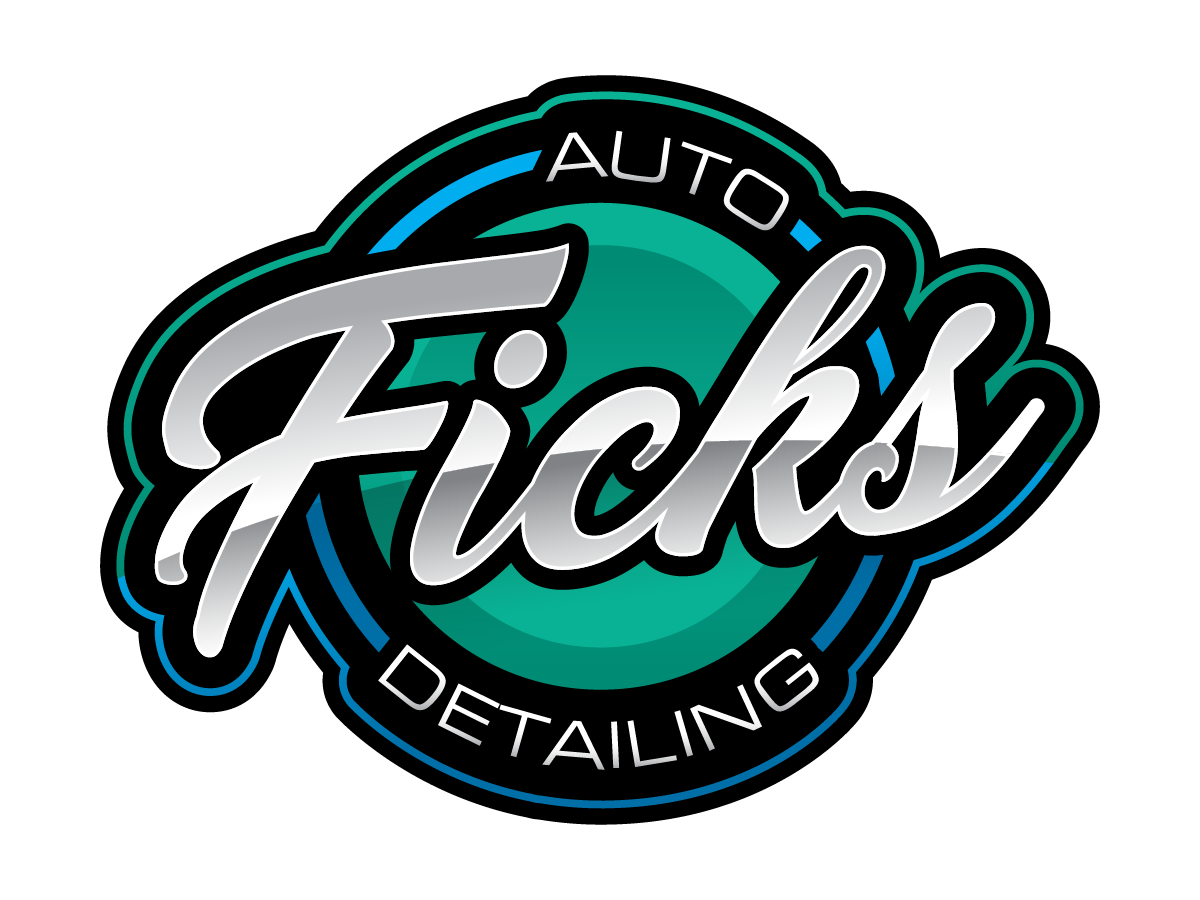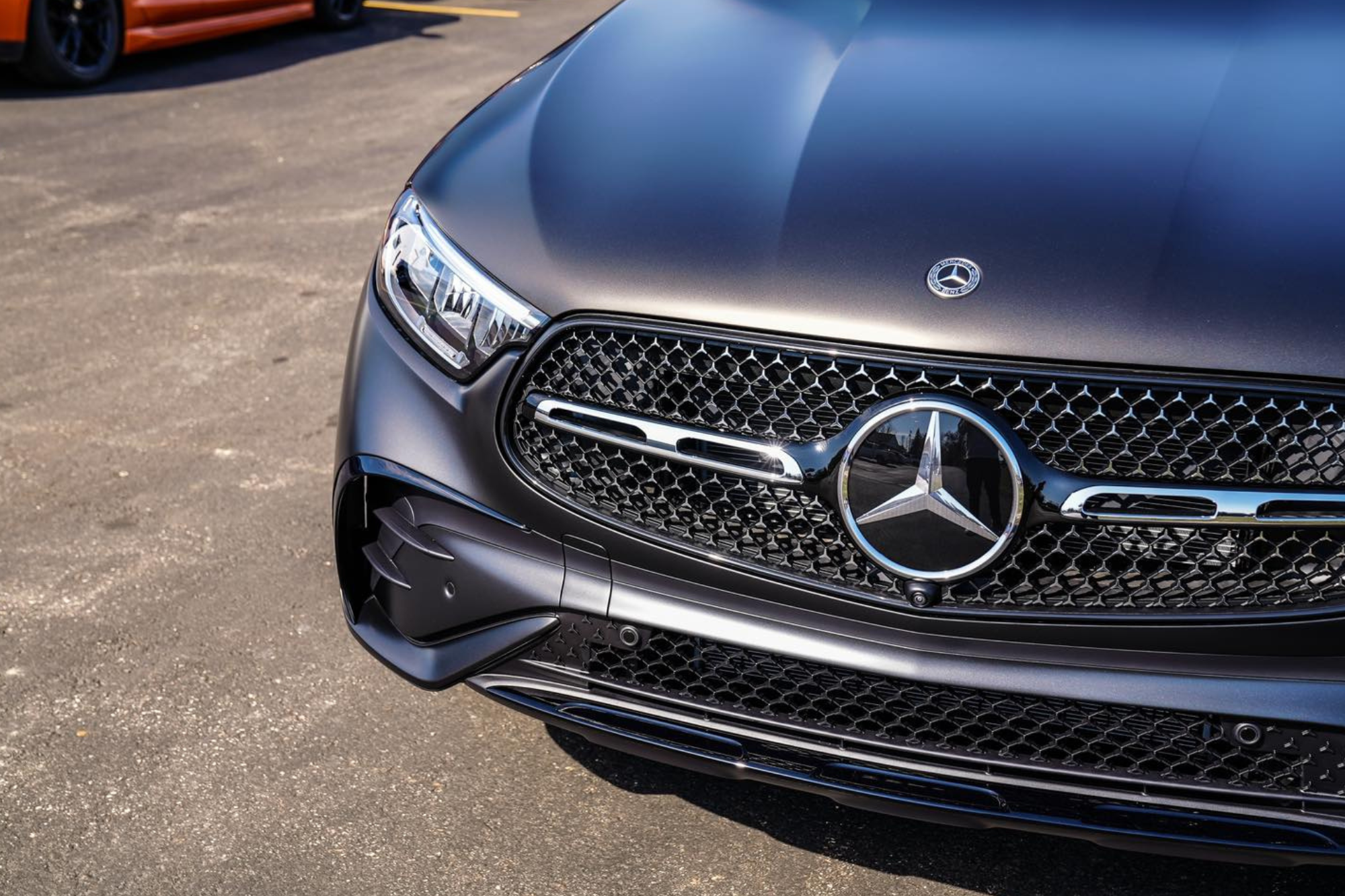Your car’s appearance says a lot about you, and when the paint starts to look faded, it can take away from the pride you feel when driving it. Over time, even with regular cleaning, you might notice the color becoming dull, the surface losing its gloss, or the finish starting to look chalky. The good news is that fading paint isn’t something you just have to live with. There are ways to bring back that deep, glossy finish and make your car look like new again. In this guide, we’ll break down what causes fading, how to restore your car’s finish, and how paint correction Auburn can help you keep it looking its best.
Key Takeaways
- Paint fades due to oxidation, UV exposure, contaminants, and improper washing.
- The first signs of fading are loss of gloss and cloudiness, often followed by chalking or peeling.
- Proper restoration involves decontamination, polishing, and applying protective coatings.
- Preventing paint damage involves routine maintenance and professional detailing.
- Investing in long-term care, such as Auburn paint correction services, keeps your vehicle protected and vibrant.
Understanding Car Paint Fading
You might assume that fading is simply a natural part of aging, but that’s not entirely true. While time plays a role, paint fading is typically the result of external factors that can be minimized or prevented with proper care.
Modern automotive paint consists of multiple layers, with the most vulnerable being the clear coat. This top layer protects the color beneath and gives your vehicle that glossy look. When the clear coat deteriorates, your car loses its depth, shine, and overall appeal.
The fading process often begins subtly. You’ll first notice a loss of vibrancy. Then the surface starts to look dull and flat. If left untreated, this can lead to clear coat failure, which appears as peeling, flaking, or bubbling.
Understanding what’s happening to your paint is the first step toward preserving it. The next step is learning what causes it in the first place.
Common Causes of Paint Degradation
Even the most attentive car owners are not immune to paint problems. Several everyday factors contribute to degradation.
Environmental contaminants are among the primary culprits. Tree sap, bird droppings, and pollutants from the air can all sit on your car’s surface and eat away at the paint if not cleaned off quickly. These substances bond with the surface and accelerate the breakdown of the protective layers.
Improper cleaning methods can also play a role. Using household cleaners, rough sponges, or automated car washes with stiff brushes can leave micro-scratches or remove clear coats over time. These small abrasions may not be immediately apparent, but they accumulate, contributing to a dull and faded appearance.
Paint protection is also essential. Without routine applications of protective products, the surface is left exposed to harsh weather, UV rays, and daily wear. Eventually, the protective layer becomes too thin or weak to do its job.
Age is the final factor. While paint technology has improved, all vehicles are susceptible to wear. The longer the exposure without proper care, the more likely fading will occur. This is where regular paint correction services Auburn can provide tremendous value.
The Impact of Sun Exposure
Sunlight might seem harmless, but to your car’s paint, it’s a slow-burning threat. Ultraviolet rays penetrate the clear coat and begin to break down the chemical bonds that hold the paint molecules together. This damage reduces shine and dulls the color, leading to an aged appearance.
You’ve probably seen vehicles with patchy, chalky hoods or roofs. These are typically the most sun-exposed areas and often the first to show signs of fading. Prolonged exposure to sunlight without any protective barrier leads to faster oxidation and more severe paint issues.
Reducing sun exposure wherever possible is a helpful preventative measure. Parking in garages or shaded areas can slow down the damage. But ultimately, protective maintenance is your best defense against UV-related fading.
Role of Oxidation in Paint Fading
Oxidation is a natural process that happens when oxygen interacts with the surface of your car’s paint. Over time, this exposure causes the protective layers to deteriorate. As the paint oxidizes, it becomes dull, rough to the touch, and begins to lose its depth of color.
The progression is gradual. At first, your car may just seem less shiny. Eventually, you’ll notice it looks older and less cared for, even if it’s been regularly cleaned. When oxidation becomes visible, simple washing won’t reverse the effect. At this point, paint correction services become necessary to restore the finish properly.
Understanding oxidation helps you realize the importance of regular care. It’s easier to prevent oxidation than to reverse it once it’s advanced.
Steps to Restore Faded Paint
Bringing back your car’s original shine requires more than a quick wash. It involves a series of steps designed to clean, correct, and protect the surface.
The first step is a proper wash and surface decontamination. This removes the grime and embedded debris that can interfere with correction. A clay bar treatment is then applied to remove particles that are bonded to the paint and smooth the surface.
Once the surface is clean, polishing or compounding is the next step. This step removes oxidation, smooths out imperfections, and refines the surface to restore gloss. The process requires the right tools and experience to avoid doing more harm than good. Many car owners turn to Paint Correction Auburn to ensure the job is done correctly and safely.
After polishing, it’s important to protect the newly restored finish. Applying a layer of sealant or wax creates a barrier against UV rays, moisture, and contaminants, helping to maintain the shine.
Preventive Measures for Long-Term Paint Health
Restoring faded paint is only part of the solution. Keeping it from fading again is the real goal. Preventative care makes all the difference in how your vehicle looks years from now.
Start with routine washes using pH-balanced products and soft materials. This helps eliminate contaminants before they can do damage. Never allow grime or residue to sit on your paint for long.
Protection is equally important. Applying wax or sealant every few months helps maintain a protective shield between your paint and the elements. For vehicle owners seeking extended protection with less frequent maintenance, professional detailing, and ongoing care plans are excellent options.
Avoid parking in direct sunlight when possible. Over time, reducing UV exposure can significantly slow down the fading process.
Lastly, schedule annual or bi-annual detailing services. These visits enable professionals to identify and address any early signs of wear before they become noticeable. With regular attention, you can maintain a vibrant, protected finish that stands the test of time.
In Summary
Paint fading doesn’t mean the end of your vehicle’s shine. With the right approach and expert care, you can restore your car’s appearance and keep it looking vibrant for years to come. At Fick’s Auto Detailing, we take pride in offering top-tier Auburn paint correction services that not only enhance your vehicle’s look but also protect your investment.
If your paint is starting to look dull or aged, don’t wait for it to worsen. Schedule an appointment with our team and let us help you revive your vehicle’s finish with professional care and attention to detail. With consistent maintenance and the right techniques, your car will continue to turn heads on every drive.

